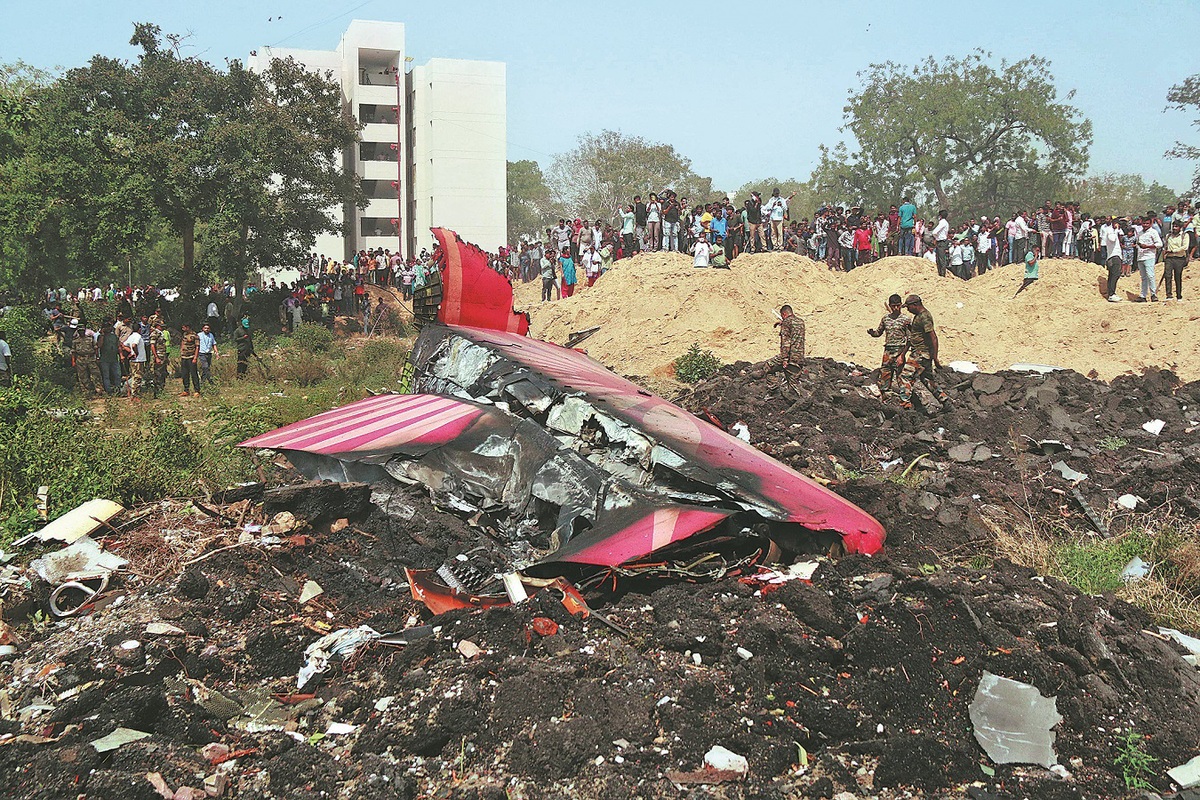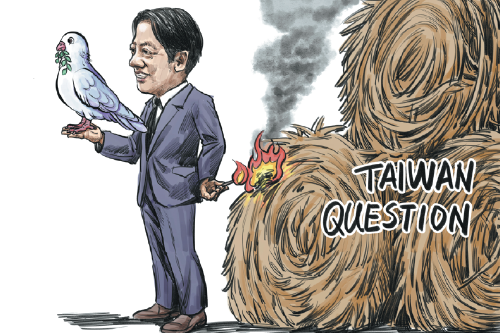Indian plane crash: What we know so far


On June 12 at 13:38 local time, Air India Flight AI-171, a Boeing 787-8 Dreamliner with registration VT-ANB, departed from Ahmedabad, India, for London Gatwick. Shortly after takeoff, the plane crashed into a hospital, resulting in a devastating disaster. Among the 242 individuals on board were 2 pilots, 10 crew members, and 230 passengers from various nationalities. The crash led to 241 fatalities, with only one survivor, British citizen Vidhi Chaudhary, who was seated near an emergency exit.
The Boeing 787-8 is among the most modern wide-body aircraft operating international routes. This is the first fatal crash involving this particular model, known for its cutting-edge materials and energy-efficient design. Airport surveillance footage showed the aircraft climbing normally before it appeared to level off at a low altitude — between 200 and 300 meters — then abruptly losing height and crashing. Notably, the aircraft's landing gear was still up.
Local media reported that shortly after takeoff, the crew issued a "Mayday" — the most urgent distress signal in aviation. However, after the control tower responded, there was no further communication. This suggests the crew detected a critical issue almost immediately, but with the aircraft at only a few hundred meters altitude, there was no time to correct course. Reports indicate that when the captain called "Mayday," the plane was just 190 meters above ground — and it crashed only 35 seconds after liftoff.
There are no visible signs from the footage of dramatic pitch changes, such as a nose dive or tail stall, which makes the failure all the more mysterious. Nor was there any evidence of bird strikes or visible engine fire. One notable detail: the aircraft's flaps — critical for generating lift during takeoff — may not have been fully deployed. Whether this was a mechanical failure or pilot oversight remains unknown, but it may prove to be a crucial factor in the investigation.
While weather conditions at the time were reported to be clear and suitable for flying, and no environmental obstacles were evident, questions remain about crew performance. The captain reportedly had over 8,200 flight hours — a seasoned aviator. However, the first officer had just 1,100 hours and had only recently transitioned to the Boeing 787.
Mechanical failure cannot be ruled out, but a simultaneous failure of both engines — especially so soon after takeoff and following standard pre-flight checks — is highly unlikely. That leaves investigators looking at systems failure, takeoff configuration errors, or a combination of human and technical factors.
Investigating an air disaster of this magnitude takes time, and speculation often outpaces facts. The flight data recorder and cockpit voice recorder — the so-called black boxes — are now critical to piecing together what went wrong. Until they are recovered and analyzed, the aviation community can only hypothesize.
But one thing is clear: in less than a minute, a state-of-the-art aircraft operating a routine international route became a catastrophe that claimed 241 lives. The world now watches as India and international aviation authorities work to uncover what brought down Flight AI-171 — and to ensure it never happens again.
The author is vice-president of Aerospace Knowledge Magazine. The views don't necessarily reflect those of China Daily.
If you have a specific expertise, or would like to share your thought about our stories, then send us your writings at [email protected], and [email protected].


































